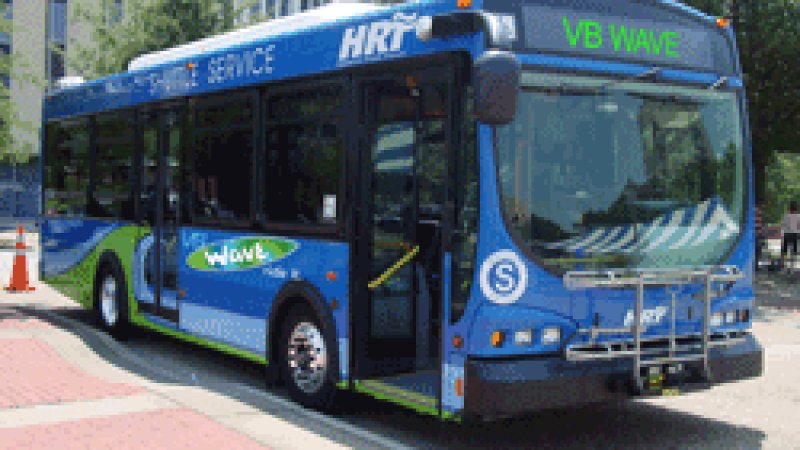 One of the most frustrating parts about vehicle accidents is the fact that people can become victims of them through no fault of their own. This is even truer for passengers on public transit systems like the Hampton Roads Transit (HRT).
One of the most frustrating parts about vehicle accidents is the fact that people can become victims of them through no fault of their own. This is even truer for passengers on public transit systems like the Hampton Roads Transit (HRT).
Riders trust HRT drivers to use care in getting them to their destination, but that does not always happen. In fact, according to statistics from the U.S. Department of Transportation Bureau of Transportation, there are approximately 69,000 bus accidents each year. Fortunately, the law places special rules on public transit drivers, holding them to a higher standard of care and making it easier to hold them responsible if their carelessness injures a passenger.
LEARN MORE
Special Rules for Public Transit
One of the most important parts of any personal injury lawsuit is that “standard of care.” As its name suggests, this is a legal standard that a defendant’s behavior is judged against to determine whether they should be held responsible for injuries to another person. The usual standard of care is that of a “reasonably prudent person,” meaning that a defendant ordinarily does not have to use extreme caution at all times, they must merely act with the care that an ordinary person would.
Public transit has its own standard. Unlike passenger vehicle drivers, public transit systems are “common carriers,” which means that they are businesses that hold themselves out as transporting people or items as a business model. Other examples of common carriers include railroads, commercial aircraft, and cab companies. This special legal designation means that they are responsible for injuries to their passengers caused by even slight negligence because the law requires them to operate their vehicles with the highest degree of care feasible.
When the Rules Apply
That special rule comes with an important limit. The increased duty only applies to injuries that the transit passengers suffer as a result of the organization’s negligence. As such, someone riding on a bus when it is involved in a crash with another car would get the benefit of the heightened standard, but the person in the other car would have to sue based on the ordinary standard that applies to all drivers. However, courts do have a generous interpretation as to who qualifies as a passenger. For instance, people are passengers while they wait in line to board the bus or train, and they are still passengers after they get off the bus until they have reached some place of safety, such as a nearby sidewalk.
If you have recently been involved in a bus or other type of mass transit accident, contact a skilled Virginia personal injury attorney to find out what your legal options may be. The legal team from Shapiro & Appleton has been advocating for injured clients since 1985 and will do all we can to ensure you receive the best possible outcome under the circumstances of your case. If you would like to meet with one of our skilled North Carolina car accident attorneys to find out how we can help, call us today at (833) 997-1774 for a free case evaluation.